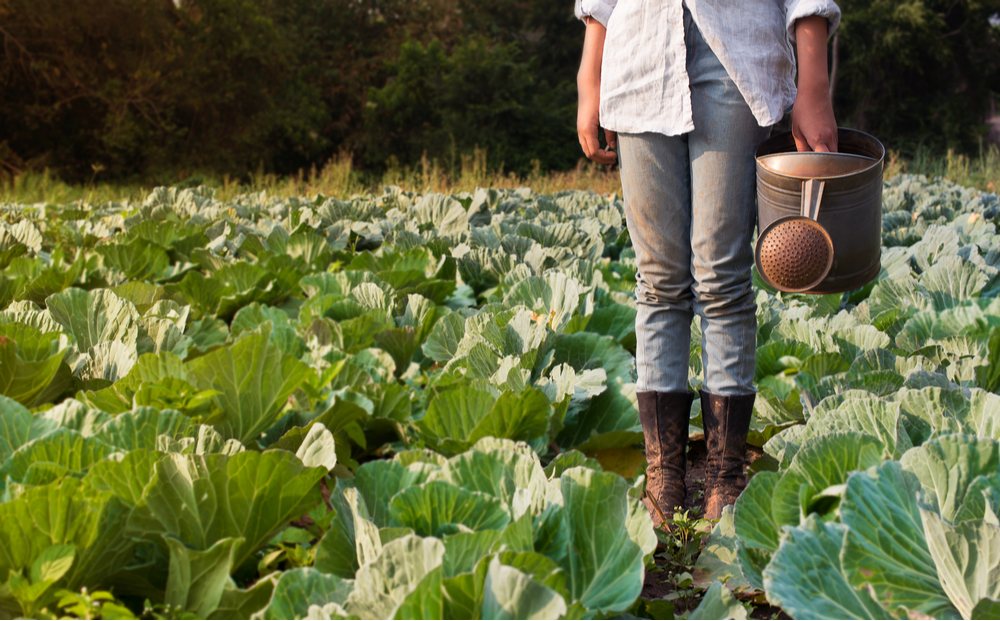
Every £1 spent in charity shops is returned seven-fold in social value, pioneering research finds


What price can you put on the value generated by charity shops?
Of course, you can tot up the takings at the till and factor in costs such as any staff wages and business rates. But that hardly adds up to the true impact these gems of the high street have on society. What about community spirit, compassion, confidence and the joy of giving back? Sadly, in this data-driven, financed-focused world, feelings don’t usually appear on the balance sheet.
That’s why I’m thrilled by recent ground-breaking research published by the Charity Retail Association that not only identifies the social value associated with the UK’s 10,200 or so charity shops but, for the first time ever, expresses it in monetary terms. I am also immensely proud of Foot Anstey’s role in partnering on this project.
The results are illuminating. Every £1 spent in UK charity shops generates £7.35 in social value – a remarkable seven-fold return in investment. It means a total of £75.3 billion of social value was generated by UK charity shops in 2022, far exceeding the amount raised by selling the goods on the shelves.
Social return on investment
To arrive at these figures, analysts used the UK government’s Social Return on Investment (SROI) framework to measure values that are not traditionally reflected in financial statements. Instead of looking at savings to the state or benefits to the economy, they focused on the value of outcomes experienced by stakeholders – volunteers, staff, customers and donors.
The researchers found that almost half of the total social value was about giving back – either to others (29%) or to the planet (20%). This captures in figures the power of generosity and the leading role charity shops play in the UK’s growing circular economy.
Social interactions at charity shops are also hugely valuable. In fact, 20% of the total social value generated is through customers and donors feeling met by friendly and compassionate charity shop staff; and 9% is about feeling part of a community as reported by all four stakeholder groups.
Some people grumble that charity shops sap the life from high streets, but this research shows just how much they are part of its lifeblood.
A lesson for all of us
The findings, which have been assured by Social Value International, the global network for social impact and social value, are compelling. But are they surprising? Maybe not.
In my role as head of the charity property practice for the national law firm Foot Anstey, I am privileged to work every day with passionate people who benefit society beyond their job specification.
You might wonder though why Foot Anstey, a legal firm, is backing a report about social value. The truth is that this research has far-reaching implications, not just for our many clients in the third sector who are leading the way in this respect, but for organisations and individuals across the board. This includes Foot Anstey (we all have to look close to home!). We are entering an unprecedented period when the power of ‘good’ is being recognised and valued by modern society like never before. Businesses are waking up to the importance of natural and social capital, and you can’t put a price on that understanding. Or maybe you can.
This article was originally published for the Charity Retail Association, via their website.












